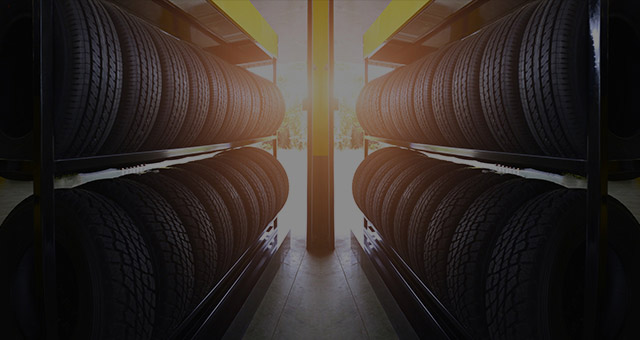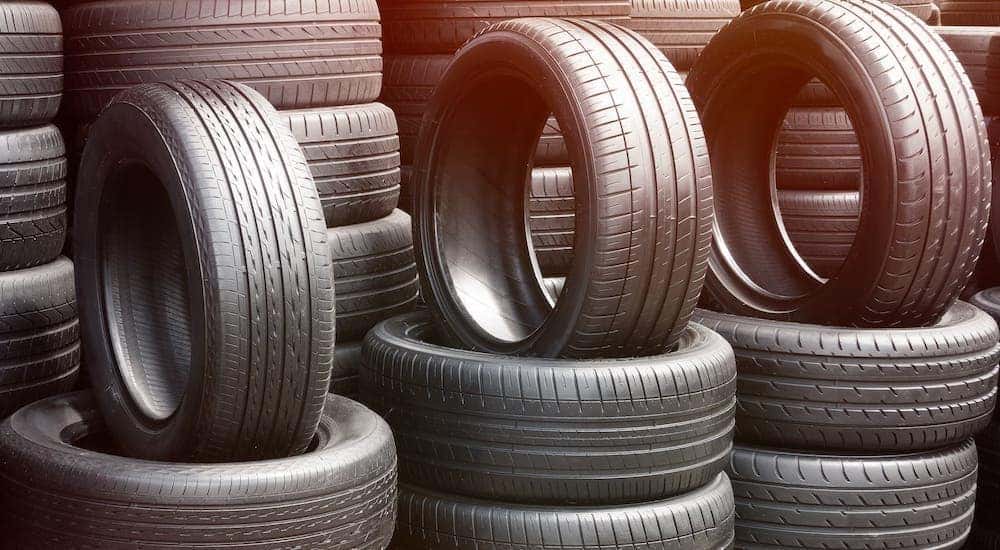Economical Discount Tires Morris IL: Irresistible Prices, Quality Ensured
Wiki Article
Tire Solution: Comprehending Tire Stress Surveillance Equipments
Recognizing Tire Stress Tracking Equipments (TPMS) is an important aspect of preserving ideal automobile performance and safety on the roadway. With advancements in auto innovation, TPMS has ended up being a common function in modern vehicles, supplying real-time details on tire stress degrees.
Importance of TPMS
The importance of Tire Pressure Surveillance Systems (TPMS) hinges on their capability to boost vehicle safety and security and efficiency with real-time surveillance of tire stress degrees. Preserving the right tire stress is essential for guaranteeing optimum handling, stopping, and total safety of a car. TPMS offers drivers with immediate responses on any overinflated or underinflated tires, enabling timely adjustments to be made.
Components of TPMS
Making up various important components, a Tire Pressure Monitoring System (TPMS) operates as an innovative safety attribute in modern-day automobiles. The primary parts of a TPMS consist of sensors, a control component, and a warning indicator. Sensors are generally situated in the tire shutoff stem or attached to the wheel assembly, where they measure tire pressure and send data to the control component. The control component processes this details and triggers a caution if it identifies dramatically low stress in any of the tires. The caution indication, commonly an icon on the dashboard, alerts the driver to inspect the affected tire or tires. Some advanced TPMS models likewise present the real tire pressure readings for each and every tire, providing vehicle drivers with real-time info to make certain optimal tire efficiency and safety. By checking tire stress continuously, TPMS assists stop mishaps, lowers tire wear, and improves gas effectiveness, making it a crucial element for car safety and security and efficiency.
Kinds of TPMS

On the various other hand, indirect TPMS depends on the lorry's wheel speed sensors to keep track of tire pressure. This system detects underinflation by comparing the rotational speeds of the wheels. Indirect TPMS is much less costly than direct TPMS, as it makes use of existing sensors within the car.
While direct TPMS uses more precise analyses, indirect TPMS is easier in design and normally calls for less upkeep. Both systems have their constraints and benefits, and the choice in between them typically relies on aspects such as price, car make, and individual preference. Comprehending the differences in between these 2 types of TPMS can help car proprietors make educated choices relating to tire maintenance and safety.
TPMS Maintenance Tips
Conduct go to this web-site regular checks on the tire stress degrees and compare them with the TPMS readings to ensure they are regular. Throughout tire turning or replacement, make certain that the TPMS components are managed carefully to prevent any type of possible damages. If the TPMS cautioning light brightens on the control panel, resolve the issue without delay by checking the tire stress and the general system for any mistakes.Advantages of Proper Tire Stress
Maintaining appropriate tire pressure, as stressed in TPMS Maintenance Tips, is important for reaping the many benefits related to optimum tire stress degrees. Among the primary benefits of maintaining the correct tire stress is boosted fuel efficiency. When tires are appropriately inflated, there is much less moving resistance, causing better fuel economic situation. Additionally, appropriate tire pressure ensures also tire wear, prolonging the lifespan of the tires and promoting more secure driving problems. With the appropriate tire pressure, lorries additionally have much better handling and grip, particularly in adverse climate condition. This can boost total driving performance and safety for the chauffeur and travelers. In addition, keeping optimum tire stress can contribute to a smoother and a lot more comfy trip by lowering resonances and sound triggered by underinflated tires. In final thought, the benefits of correct click to find out more tire stress go past index just tire durability; they encompass enhanced gas efficiency, improved security, better lorry efficiency, and general driving convenience.Verdict
In conclusion, comprehending tire pressure surveillance systems (TPMS) is critical for preserving optimal tire stress and ensuring lorry security. By identifying the importance of TPMS, being acquainted with its elements, knowing the different types available, adhering to proper maintenance tips, and realizing the benefits of preserving correct tire pressure, drivers can improve their driving experience and lengthen the life expectancy of their tires. Proper tire pressure is vital to risk-free and effective automobile procedure.
Report this wiki page